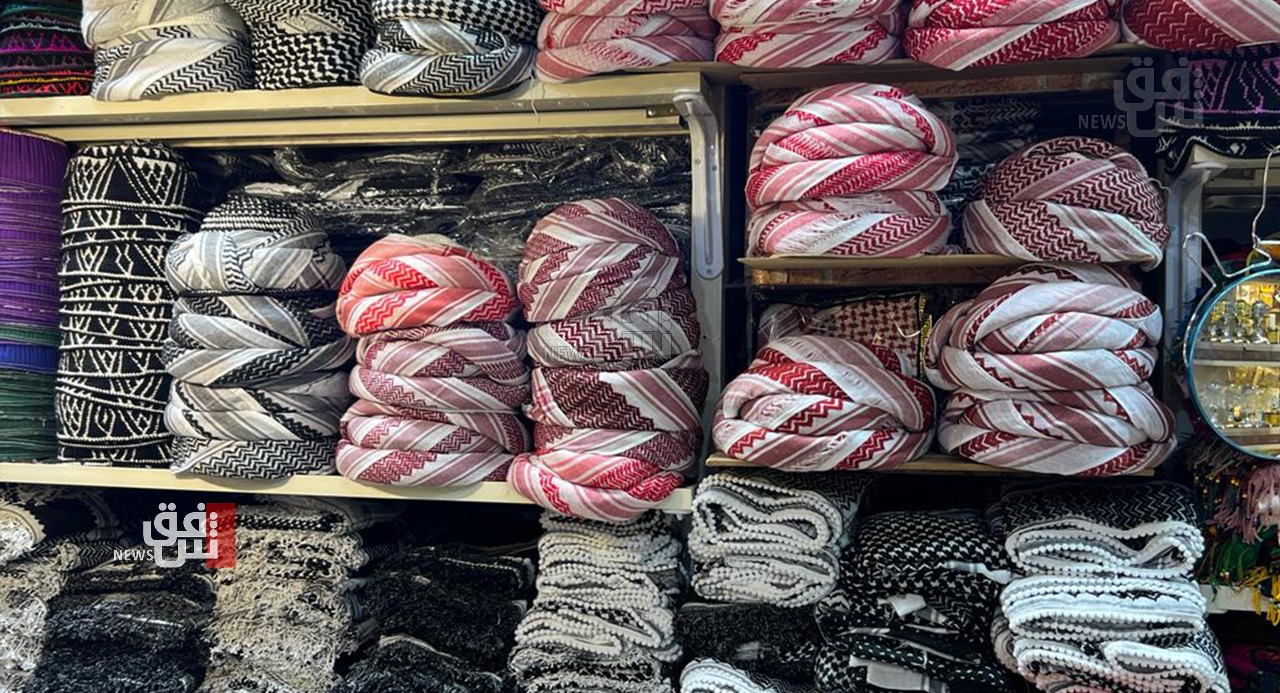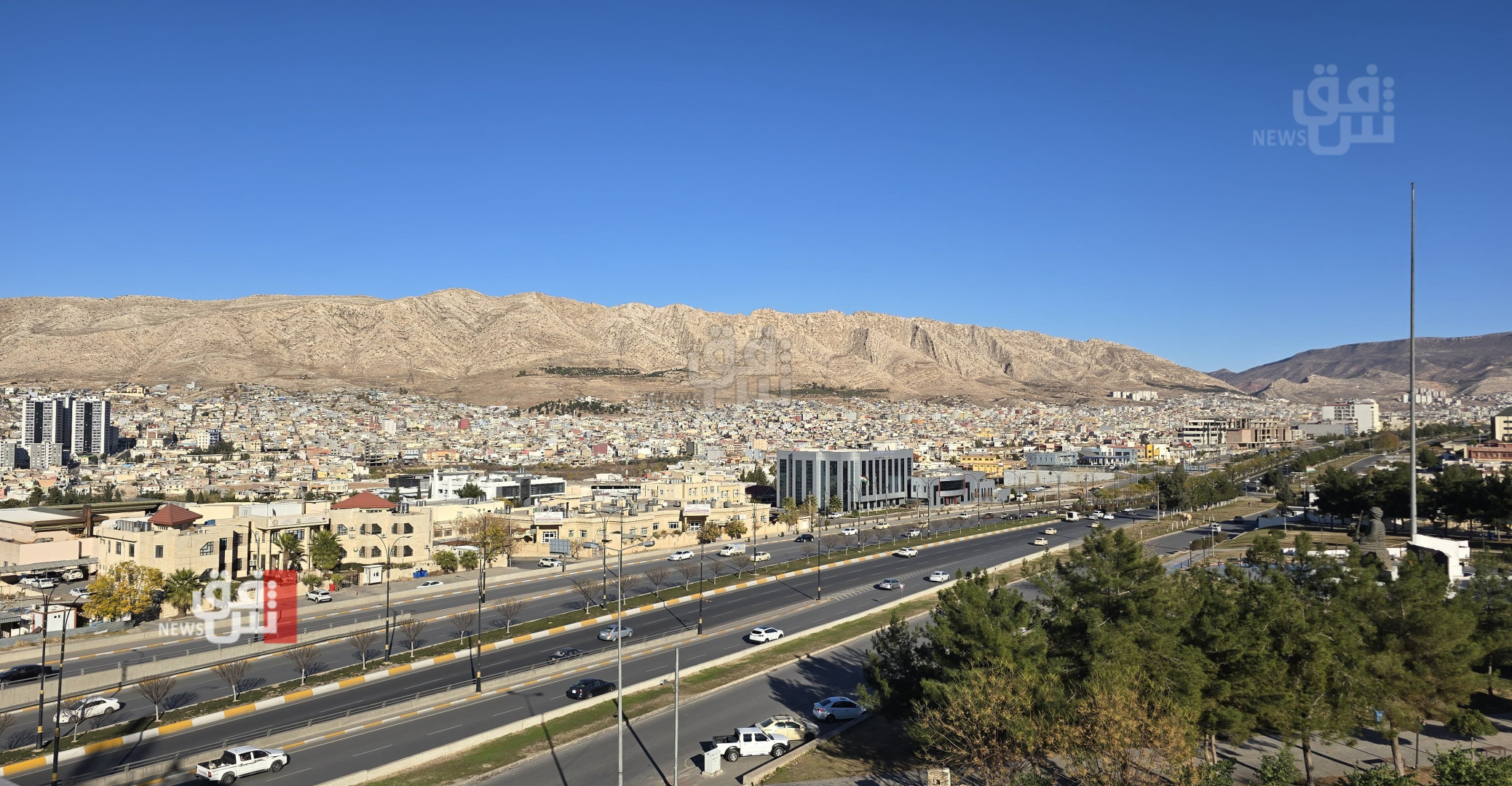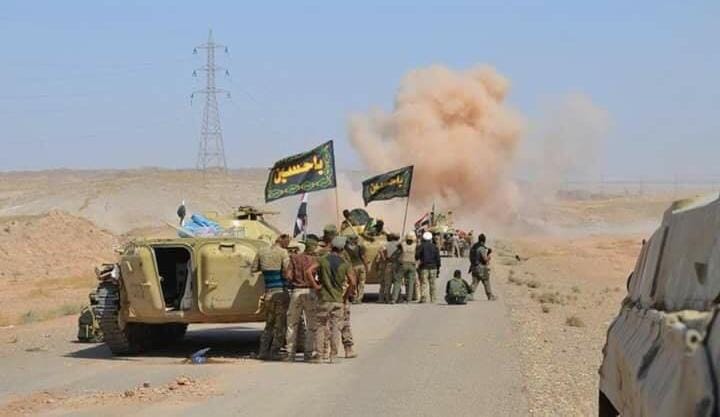Traditional Kurdish Amamah: a symbol of identity and tradition

Shafaq News / The iconic Kurdish turban, known as Amamah, holds a fundamental place in Kurdish traditional attire, preserving its significance and popularity in the markets as it symbolizes national and cultural identity.
In Erbil, the capital of the Kurdistan Region, specific shops dedicated to selling Kurdish turbans are scattered throughout the bustling Qaysariya market. These turbans consist of intricately patterned fabric that is wrapped in multiple folds. Beneath the turban, there is a head cover worn by men called Jamaneh, securing the turban in place.
Bakhtiar Mame Sini, the owner of one of the turbans shops, shared with Shafaq News Agency, "I started this business in 1993, where I sell various types of Kurdish turbans with diverse patterns and colors that vary from one tribe to another and from one region to another in the Kurdistan Region."
He added, "The black turban is the best-selling one in Erbil because Kurdish tribes predominantly favor this color. Other colors like red are worn by prominent Kurdish figures."
Wearing the Kurdish turban involves the use of the head cover Jamaneh, which comes in varying shapes and colors.
Hedayat Sheikhani, another shop owner, explained, "The head cover comes in colors such as black, red, blue, and others. It is worn based on the region or tribe. The Kurdish turban cannot be worn without the head cover underneath, as it is an essential part of Kurdish tribal customs and traditions."
Regarding the production of the head covers, Sheikhani clarified, "All traditional head covers sold are locally made, where women weave and embroider them. They reach the markets afterward. However, the fabric wrapped around them is imported, although there is currently internal production in factories within the Kurdistan Region."
"The prices of head covers start from five thousand dinars and can go up to fifty thousand dinars. As for turbans, their prices start from ten thousand dinars and can reach up to one hundred US dollars, depending on their quality," he added.
Sheikhani concluded by saying, "The demand for purchasing Kurdish turbans remains active among the city's residents, as well as tourists coming from various provinces who buy them and keep them as souvenirs due to their beauty and the diversity of their colors."



